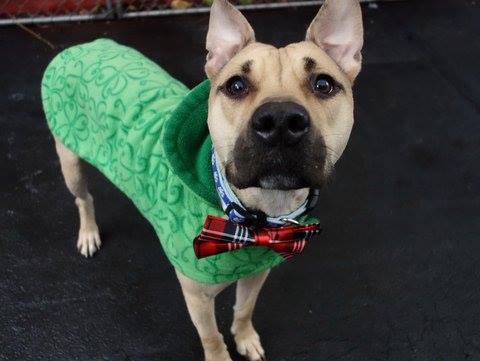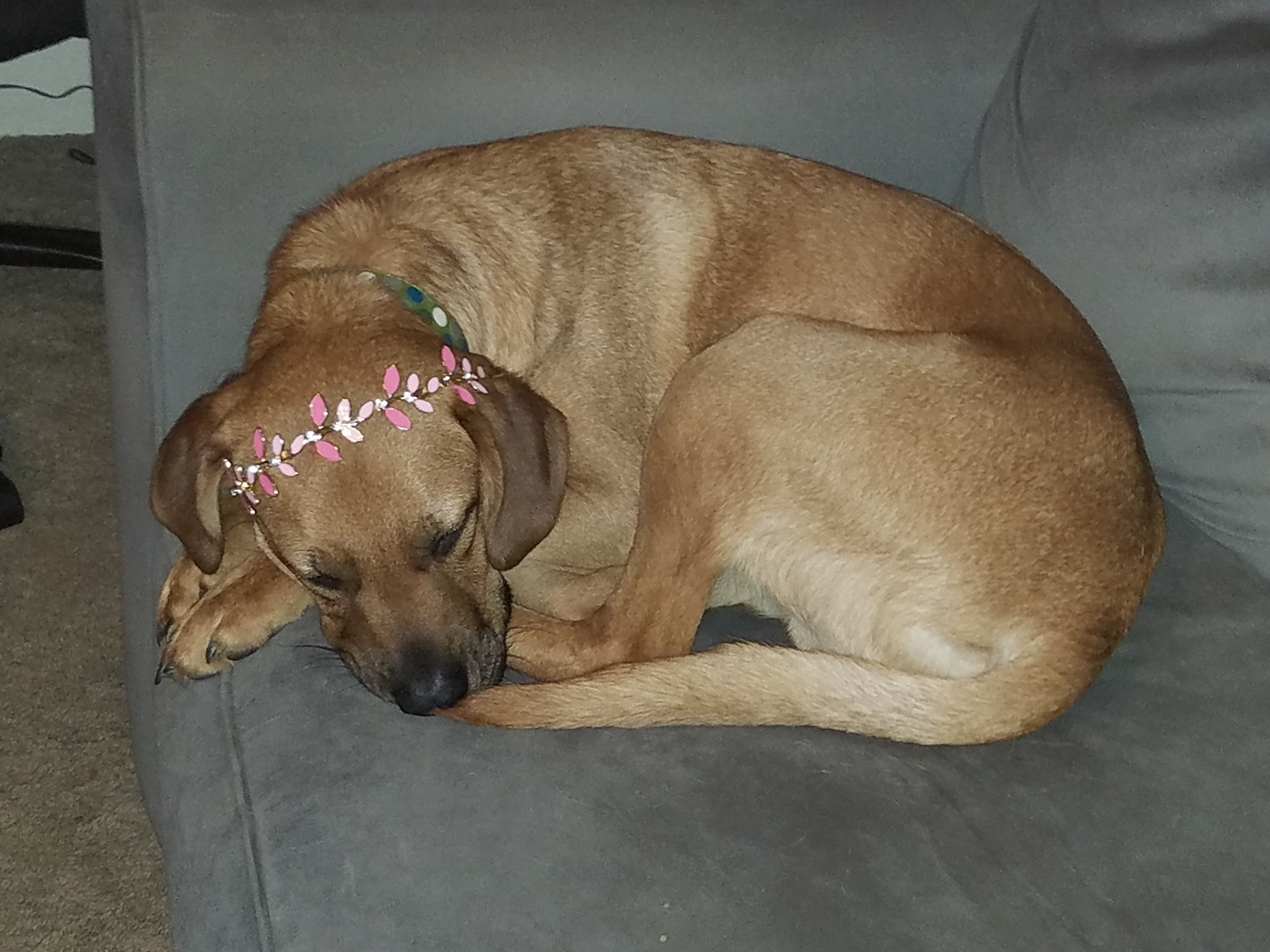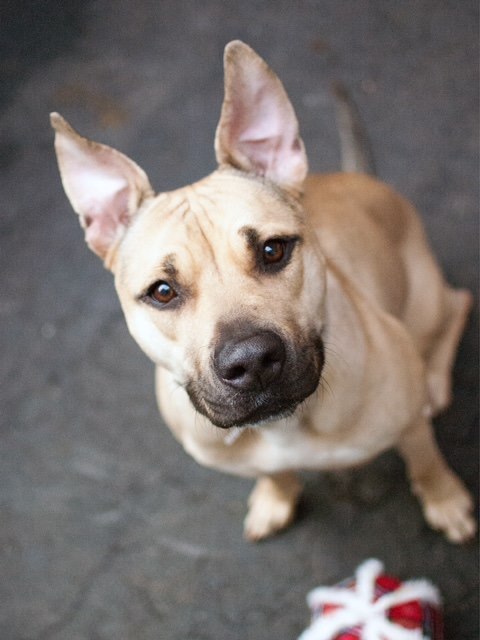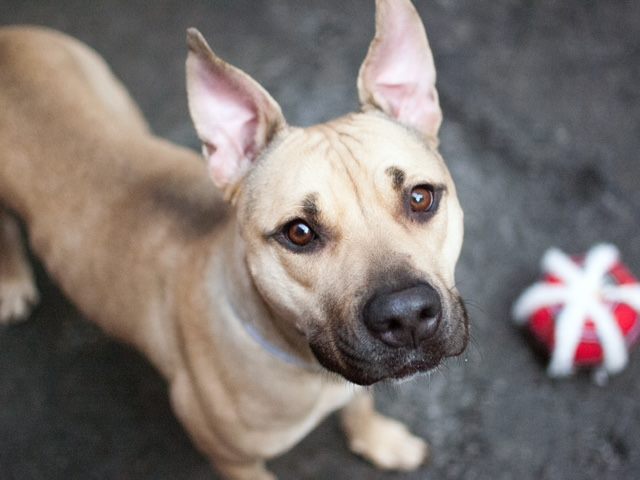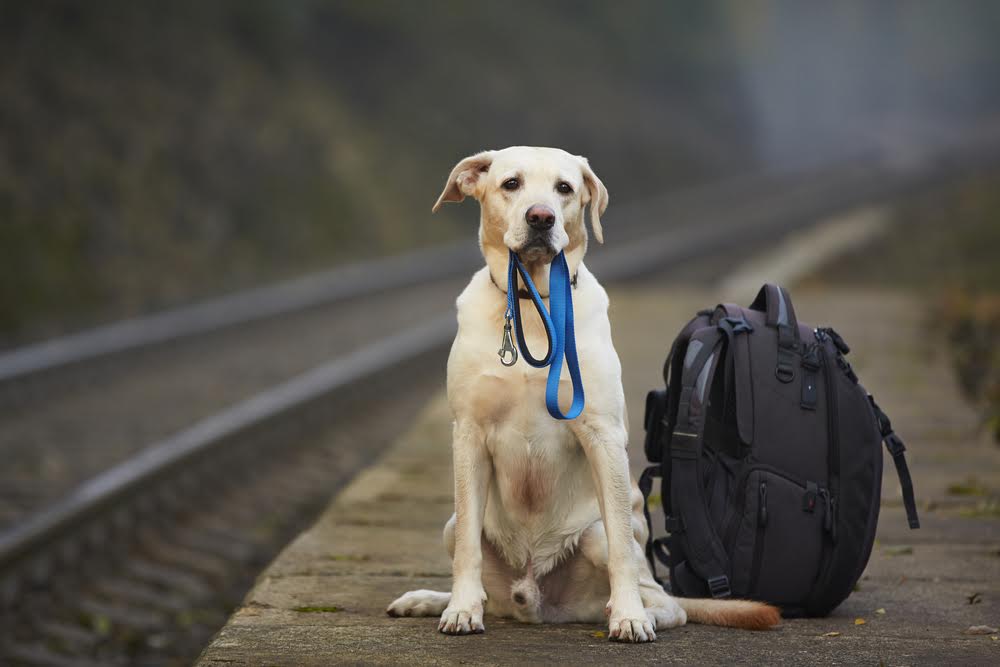It is wonderful to have a pet in the home but pets require a lot of care and attention. When you bring home a pet, you need to commit yourself to their wellbeing. It also means dealing with fur and hair they leave around the house. It is a never-ending battle to keep the fur off the furniture, clothing, and floor. If you are looking for tips to keep the pet hair under control, you have come to the right place.
Tips to keep pet hair under control
- Brush: You need to embrace your grooming responsibilities. Give your pet a quick brushing outdoors every day and save the time spent on vacuuming every week. With regular brushing, you will notice a reduction in the amount of fur inside your house.
- Use washable slipcovers: You or any of your guests would not like to sit on a sofa covered with pet hair. Invest in furniture covers which are made for this purpose. Choose washable slipcovers which can be easily maintained. You can remove them when your guests visit and simply toss them in the laundry.
- Use throw rugs: If you manage to place rugs strategically inside your home, you will be able to find a solution to this problem. The rugs will help prevent the fur from spreading it into the house. You can place the rug at the entrance of your house. Choose rugs that are easy to wash and maintain.
- Keep them clean: Make it a point to wipe the feet of your pet after they have stepped outdoors. This ensures that the entire house remains clean.
- Cover up the pet: This is something not many would like to do but covering your pet helps keep the house clean. You can dress up the pet in a cute t-shirt and keep the fur off.
You can never completely get rid of the pet fur inside your home. Take small steps every day and ensure that the pet is brushed outdoors and there is minimal fur in the home. You need to vacuum the space regularly with a quality vacuum cleaner in order to achieve higher results. Choose a pet hair vacuum that fits your needs and maintain a routine of cleaning the furniture, carpet, and floor. There are a number of options available in the market. The vacuum is easy to use and it carries multiple features. Compare the top vacuums available for you and make the right choice. You can also compare the prices of the products easily and ensure that you are investing in a vacuum that is sufficient for your needs. The quality vacuum will keep your floor and carpet pet hair free and reduce your stress. The vacuum only takes a few minutes to clean up the entire space. It is not necessary for you to use the vacuum every single day, you can set up a routine and vacuum the floor once every three days or a week.
